MDEQ Standards for Wastewater Treatment and Discharge
The Michigan Department of Environmental Quality ( MDEQ ) Water Bureau (WB) administers rules and policies related to wastewater discharges. In Michigan, the discharge of all wastewaters is regulated by Part 31 Water Resources Protection, of the Michigan Natural Resources and Environmental Protection Act (NREPA), 1994 P.A. 451, as amended (Act 451).
Wastewater, as defined by the MDEQ, is either:
- Sanitary sewage, or
- Every other discharge, such as food or industrial process water.
|
Commercial, industrial, and multi-family residential (including condominium) owners must follow the regulatory programs that pertain to their wastewater discharges. The relevant MDEQ program that regulates wastewater discharges is dependent upon whether the discharge is:
|
Single-family residential owners are usually exempt from MDEQ regulatory programs, but must follow local health department requirements for wastewater treatment and discharge.
Surface Water Discharges
All sanitary sewage and other wastewaters that discharge to surface waters require a National Pollutant Discharge Elimination System (NPDES) permit administered by the MDEQ Water Bureau.
|
Part 4 Rules entitled Water Quality Parameters, of Part 31 of Act 451 specify the standards in a NPDES permit that must be met by a discharger. Limits placed on surface water discharges are based on the quality and size of the receiving water. Common parameters that are limited in treated sanitary sewage discharges include limits on bacteria, biochemical oxygen demand (BOD), dissolved oxygen (DO), pH, phosphorus, temperature, and total suspended solids. Other limitations are placed on toxic substances such as heavy metals and volatile organic compounds (VOCs). |
Ground Water Discharges
A wastewater discharged to the ground surface (land application) or to the subsurface is considered a groundwater discharge. Michigan regulates groundwater discharges based on the type and flow rate.
Sanitary Sewage less than 10,000 gpd
The subsurface (meaning: groundwater) discharge of sanitary (sewage) wastewater less than 10,000 gallons per day (gpd) is subject to approval by the local health department having jurisdiction provided the treatment system is designed and constructed in accordance with the Michigan Criteria for Subsurface Sewage Disposal (MCSSD), a document that provides guidance related to simple, non-nutrient reducing system.
|
For discharges less than 1,000 gpd, a local health department may approve discharges of sanitary sewage acting in accordance with a local health code or the MCSSD. This includes private, one- and two-family residential sewage systems. [Part 22 Rules, R 323.2210] For discharges between 1,001 and 6,000 gpd, the local health department has authority to approve the discharge in accordance with the local health code and the MCSSD. [Part 22 Rules, R 323.2210] If, however, the discharge is between 6,001 and 10,000 gpd, or if
the quantity of septic tank storage is greater than 6,000 gallons,
approval is required by the local health department in accordance with
the MCSSD (and not by the local health code). |
For discharges greater than 6,000 gpd, the discharger must also provide annual reporting to the MDEQ of the weekly average daily flow and the total annual discharge flow. [Part 22 Rules, R 323.2211]
Wastewater discharges greater than 10,000 gpd
For discharges between 10,001 and 20,000 gpd, only from sanitary sewage, a waste water treatment system requires approval from the local health department in accordance with the MCSSD. The sanitary sewage must be treated by a "constructed wetland and associated treatment system" [Part 22 Rules, R 323.2216(2)(a)]or an "alternative treatment system or combination of systems," determined by the MDEQ, to provide a similar quality effluent than that of a constructed wetland.[Part 22 Rules, R 323.2216(2)(b)]
All other wastewater discharges in Michigan greater than 10,000 gpd are required by Part 31 to have a valid Groundwater Discharge Permit or Authorization following Part 22 Rules that, among other limitations, limit the constituents found in the wastewater. The primary constituent limits are:
- Total Inorganic Nitrogen less than 5 milligrams per liter (mg/l) and less than 0.5 mg/l nitrite,
- Total Phosphorus less than 5 mg/l unless a surface water is within 1,000 feet down gradient then Total Phosphorus less than 1 mg/l,
- Aluminum less than 0.150 mg/l,
- Chloride less than 250 mg/l,
- Sodium less than 150 mg/l,
- Sulphate less than 250 mg/l
- Iron less than 0.300 mg/l, and
- Manganese less than 0.050 mg/l.
|
These standards must be measured in the wastewater treatment system effluent (at the “end of pipe”), or in the groundwater if it can be reasonably shown that a higher effluent standard will result in the groundwater standard being met. That reasoning has to be produced by the discharger. For example, phosphorus is absorbed by clayey soils. If it can be shown that the phosphorus absorption can be maintained during the design life of the discharge site, higher phosphorus effluent limits may be granted. The MDEQ also restricts the discharge of other constituents in wastewater such as trihalomethanes and volatile organic compounds (VOCs) depending on the type of use that produces the wastewater. |
Venting Groundwater
If the discharge is close to a location of groundwater venting, that is, the place where groundwater reaches the ground surface or contributes to a surface water, the MDEQ usually modifies the standard groundwater discharge criteria to protect the surface water. For sanitary sewage wastewater, this usually lessens the burden of nitrogen removal but increases the requirement for phosphorous removal.
Public Systems
The MDEQ requires additional engineering criteria to be met by a public wastewater treatment system. Public systems, as defined by the Michigan DEQ, are both privately owned or publicly owned systems where the system owner provides wastewater treatment to other owners, or where two or more owners discharge to a common wastewater treatment system or disposal location. Examples of public systems include systems that serve two or more families, condominium associations, villages, and municipalities.
For public wastewater sewerage works, a construction permit authorized by Part 41 of the NREPA is required prior to construction of any part of the system. The MDEQ Water Bureau reviews engineered plans and specifications related to the collection, treatment and disposal system, issues the Part 41 construction permit and oversees operation and maintenance of the system.
Private Systems
A private wastewater collection and treatment system has only one owner, including a system that has multiple users. An example of a private system is a single family home with an attached or detached apartment, a mobile home park where the users rent lot space, apartment complexes, and shopping malls. Private systems do not require a Part 41 construction permit.
Industrial Pretreatment Program (IPP)
|
An owner with a facility that discharges into a public sanitary wastewater collection system may be required by the MDEQ to pretreat its wastewater prior to discharging to a sewer. Part 23 Rules of Part 31 require pretreatment of an industrial or commercial wastewater so that the treatment systems of the downstream wastewater treatment plant are not hindered. The owner of a publicly owned treatment works (POTW, such as a municipality, will require specific restrictions for discharging anything other than sanitary sewage into its system. The requirements of a POTW have to be established before planning a wastewater pretreatment system so that it can be successfully designed and operated. |
For More Information
Send Prince-Lund Engineering, PLC a message with questions or comments on this topic (This link takes you to the email contact form). We’re inclusive, not exclusive. That means engineering is discussed in a way that’s easy, understandable, and productive. You’ll enjoy what you can build with Prince-Lund.
References Used on This Page
These links open in a new tab.
Michigan Act 451 of 1994, Natural Resources and Environmental Protection Act
- Michigan Administrative Code, Water Resources Protection
- Part 4, Water Quality Standards (R 323.1041 – 323.1117)
- Part 22, Groundwater Quality (R 323.2201 – R 323.2240)
- Part 23, Pretreatment (R 323.2301 – R 323.2317)
Forward to "Michigan's Onsite Shared Septic, Condominium Quandary" ->
<- Return from MDEQ Standards back to Wastewater Treatment
<- Return from MDEQ Standards back to Prince-Lund Engineering, PLC Home Page
Prince-Lund Engineering
Quick Contacts
Email:
Go to the Contact Form to email directly.
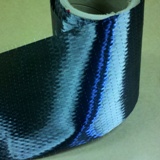
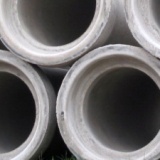
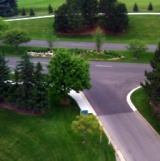



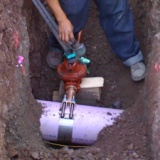
Looking for Design Software? Try FRPpro™ free!
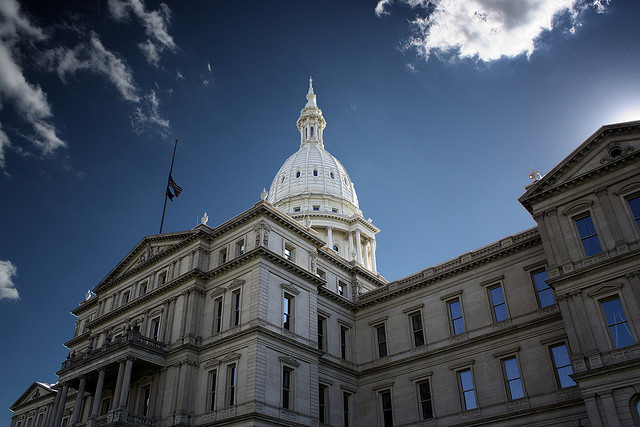

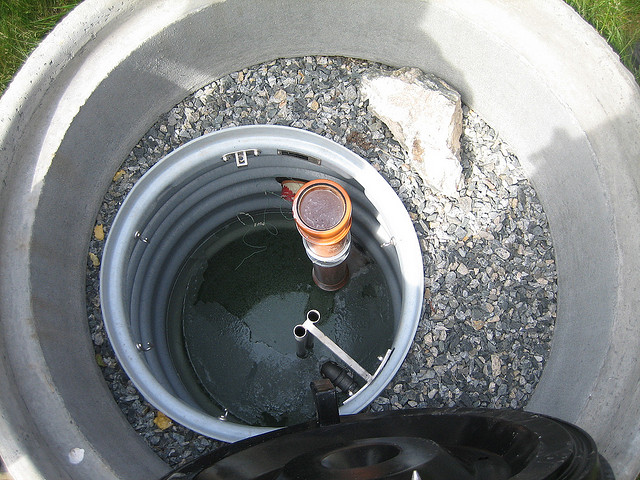
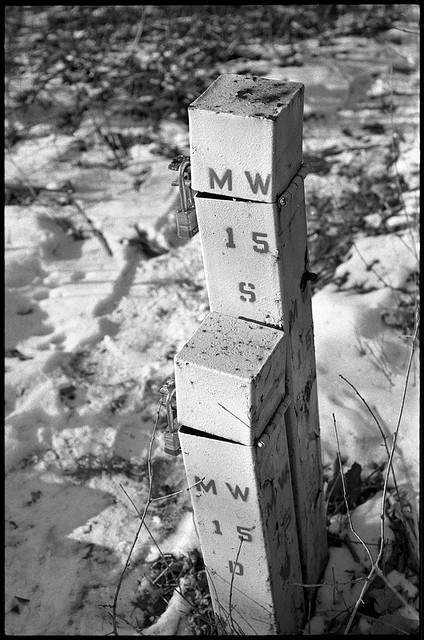

New! Comments
Please Ask Questions! Your Opinion Counts!